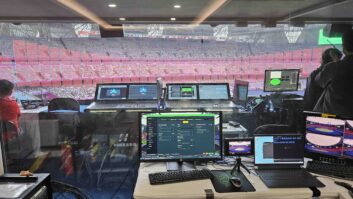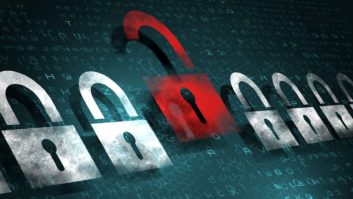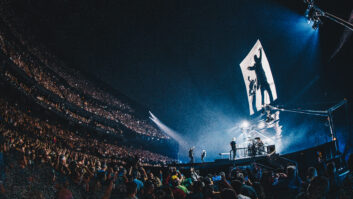 At Secure Logiq more than 80% of our projects are surveillance based. You would assume that means we utilise a lot of surveillance hard drives as a business. However, we don’t use any surveillance drives. So why would a company whose servers are predominantly sold into surveillance projects not actually use surveillance drives? It’s the difference in technical performance between surveillance and enterprise hard disk drives that matters.
At Secure Logiq more than 80% of our projects are surveillance based. You would assume that means we utilise a lot of surveillance hard drives as a business. However, we don’t use any surveillance drives. So why would a company whose servers are predominantly sold into surveillance projects not actually use surveillance drives? It’s the difference in technical performance between surveillance and enterprise hard disk drives that matters.
Starting at the smallest level, a surveillance drive suitable for a small, single drive recorder is rated for 24-hour use, they can write 180TB a year, which is about 1TB every two days. The failure rate of 1 million hours translates to an average failure rate of 1.45%, meaning that out of every 1,000 disks, 985 will not fail in that year. An enterprise drive is also rated for 24-hour use, and can write 550TB per year, which means you can write 1.5TB per day to the disk. The failure rate of 2 million hours translates to an average failure rate of 0.35% meaning that out of every 1,000 disks 996 will not fail in that year.
But for systems with more than a few cameras you are likely to need multiple hard drives to reach your storage goals, something like a 12-bay solution. When using a 12-bay system the chance of a failure with a surveillance drive is 10.5% per year. This translates to 1 in 10 systems with a drive failure. When using enterprise class drives the failure rate is 4.2%, which is only 1 in 24 systems.
Problems are compounded when you look at larger CCTV systems requiring a 60-bay solution. Half of all 60-bay systems with surveillance drives will suffer a failure in a year, but only 20% of systems with enterprise drives will. s
To limit the implications of drive failures we can utilise RAID, redundancy and hot-swap disks, which enable drives to be replaced without the loss of data or interrupting system operation. However, replacing a failed drive always has some form of risk and has manpower/cost implications.
FAILURE RATE
Aside from this performance difference, there are plenty of reasons to pick enterprise drives over surveillance drives. Enterprise drives have a 550TB a year workload, this means 1.5TB per day per drive, 18TB per day in a 12-bay solution and 90TB per day in a 60-bay solution. This is more capacity than the cameras connected to the system are going to generate.
Added to this, you can get more throughput with an enterprise drive. When you combine a good RAID card, which is optimised for video with the higher speed possible with an enterprise drive. This means that you can write data to the drives quicker, giving you a solution that can handle the volume of data you require.
The firmware of an enterprise drive is optimised for many concurrent processes, and so they are suitable for larger systems and additional applications such as analytics. Surveillance drives are generally only optimised for sequential write (recording) and read (playback).
Surveillance drives are designed to work in a different environment to enterprise drives. When using them as a single disk in an NVR/DVR they are cost effective. However, when we are looking at medium to large projects with enterprise software, the only choice is an enterprise drive.







